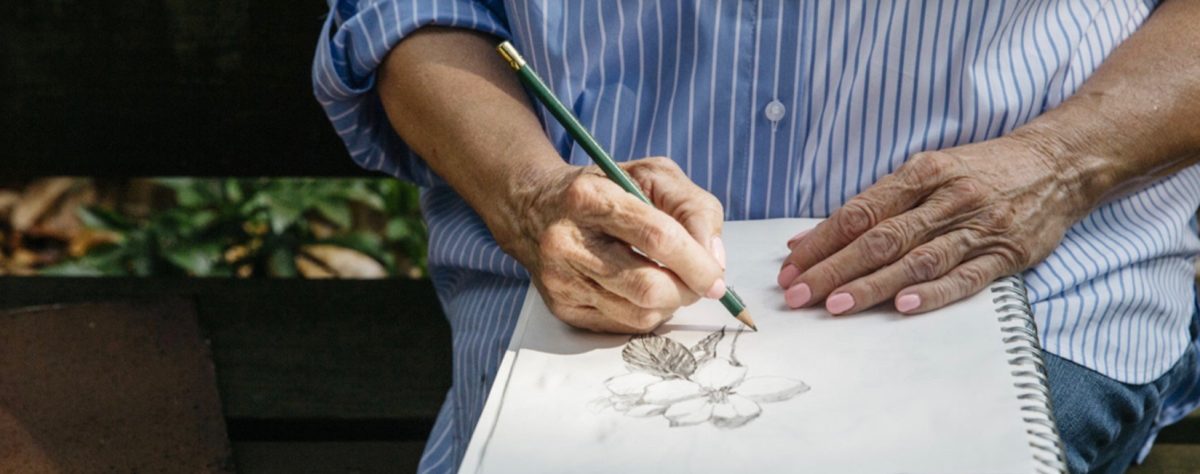Once upon a time art belonged solely to a select group of people who could pay exorbitant fees for art. Only the very wealthy could afford it. An artist had to be a genius to get trained or be from a wealthy family who could pay for the education. Some would-be self taught artists could not afford the costs of paint and supplies. Only the artists who could meet one of these criteria could make it professionally. Thankfully, that’s all changed. Art is accessible now to just about anybody who wants to make art. Is that good for artists or not?
In a thoughtful blog post, sculptor Kosmas Ballis states “Art has the power to enrich our lives, connect us with others, and bring joy and inspiration to our everyday experiences.” Art has immense power to change our lives in so many ways. Therefore it is a good thing that art is available to just about anybody. Ballis goes on to say, with more art, “we can open up new avenues for creative expression and foster a more vibrant and engaged society.” It can be argued that art uniquely opens worlds in ways that normal discourse cannot. Art is a universal language bridging most, if not all barriers.

On the other hand, in the realm of high end art dealers, galleries and collectors, there is a desire to define some art as more refined than others and deserving of a higher price tag. According to Kooness magazine, “The strong association that exists between power, status, luxury and Art make the Art World one which reflects social stratifications. In fact, for centuries this has characterized the Arts.” This definition of art would seek to keep art priced out of the reach of the common person increasing its intrinsic value. Those same dealers galleries and collectors get to define what art is worthy of the higher price tag. High end art is a gold mine for the artist who makes it to that level. Because high end art is defined by someone other than the person making the art, it is very difficult for an artist to break into this market. It is more often chance that provides that opportunity.
Is either direction a good thing for artists? If it gets down to it, both are market driven. Which market depends on the art and the artist. First an artist must decide their personal goals. Which is the best market to aim for? Where once there was one market to shoot for, now there are two with many variations in between. New variations in the art market mean there is also more competition. Competition is a good thing as it pushes the artist to seek new horizons and challenge limits. Competition leads to amazing new directions. So whether one is seeking the higher end or lower end in the art market, competition drives artists to stay fresh and creative.
Artists have more choices now than ever before. Does an artist want to go for the high end market? Does an artist want to seek success in one of the many newer markets that are available today? It really only matters to the individual artist. Choices are available.
As there are vast ways to make it as an artist, there are also vast ways the public can view art. The world of art can open doors in so many more ways than ever before. The language of art can bridge more gaps and go more places. Art can reach more people in positive ways. Art brings a more vivid world to both maker and viewer. Nothing else matters.
And that is a good thing.

This little chickadee pillow can be ordered here.











